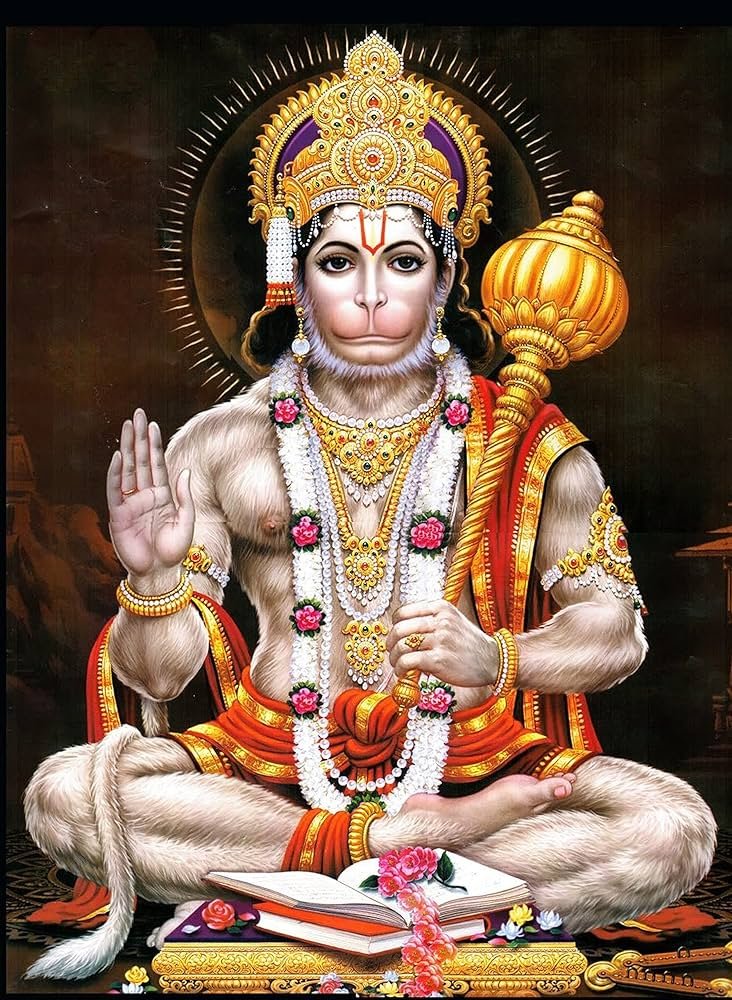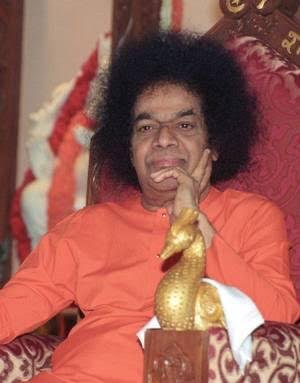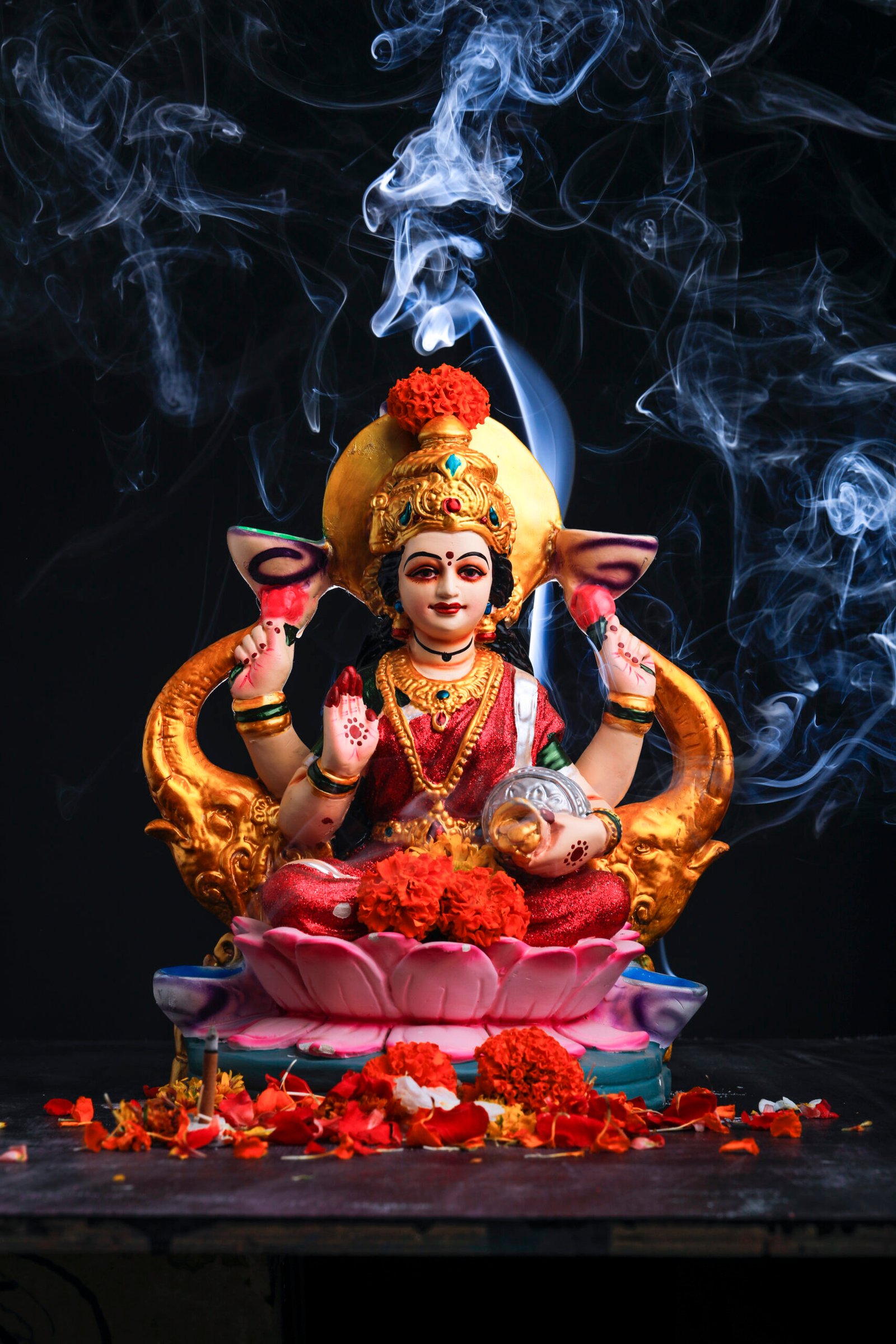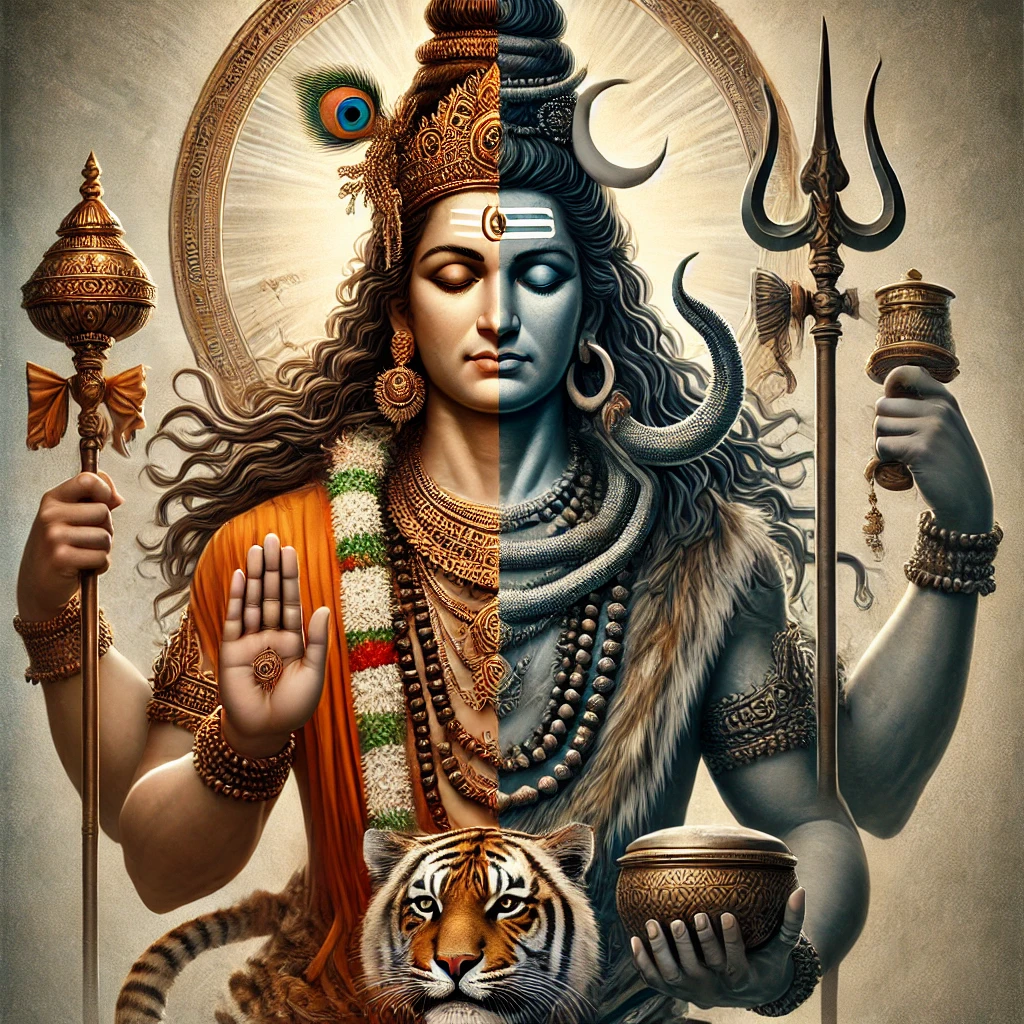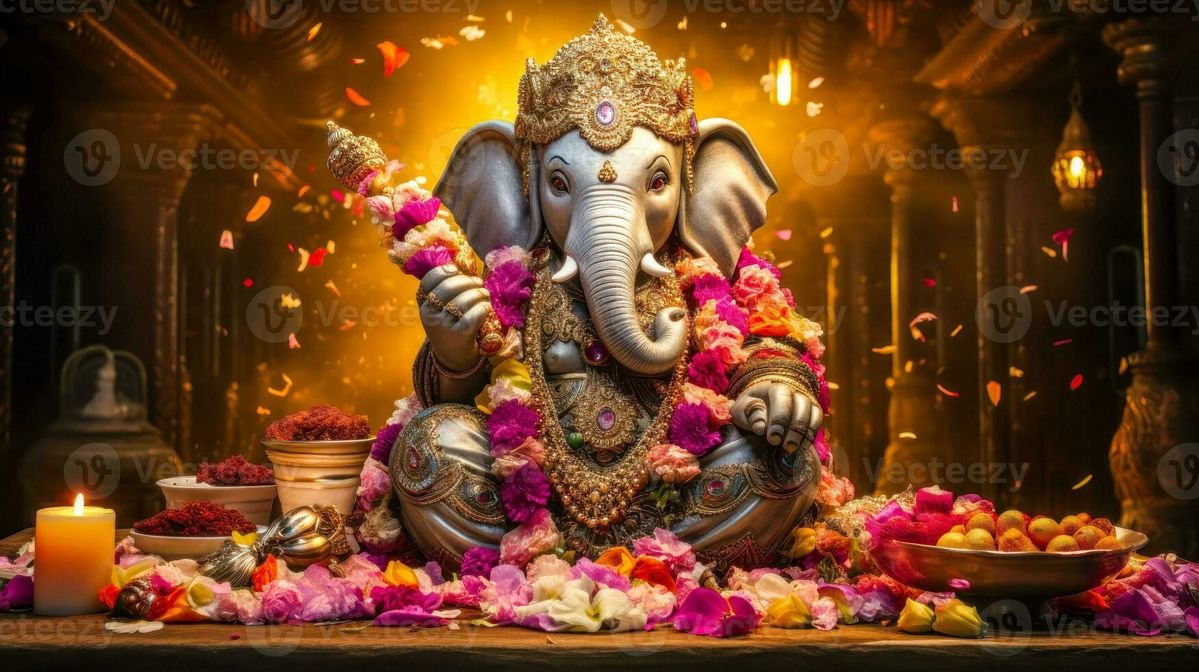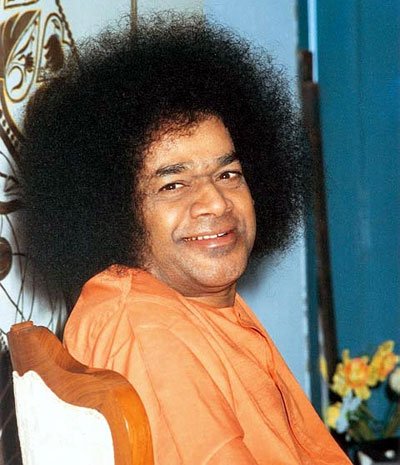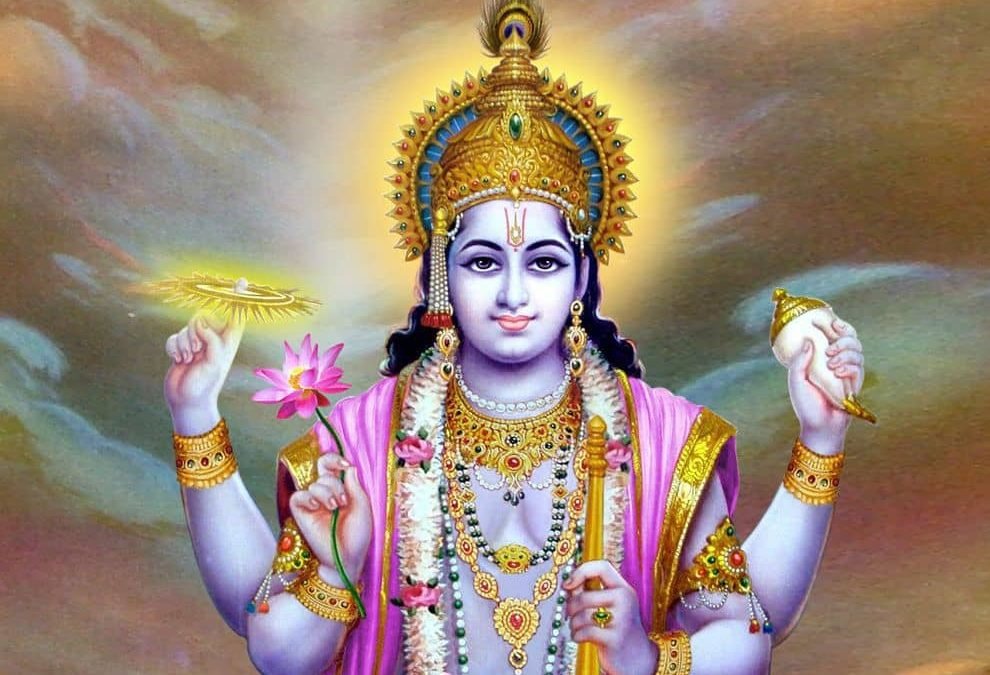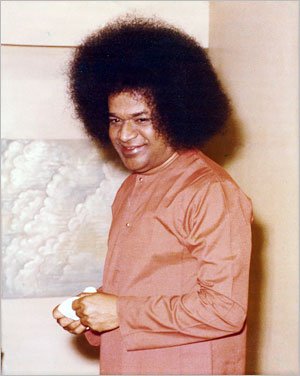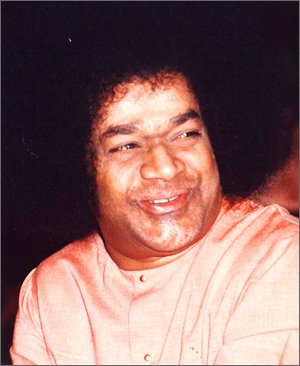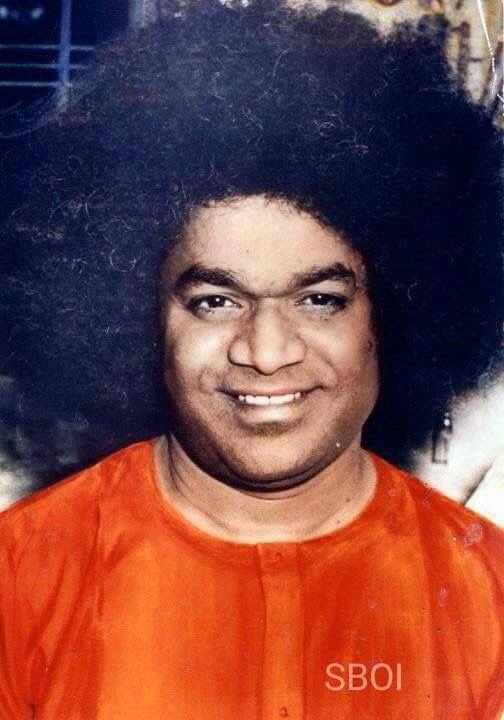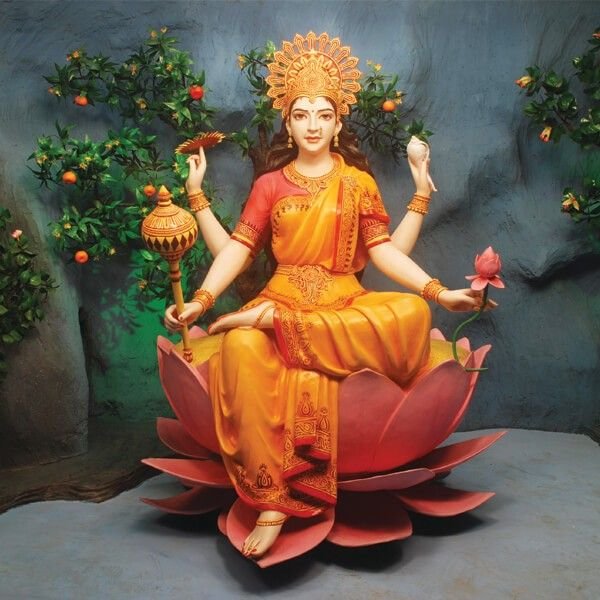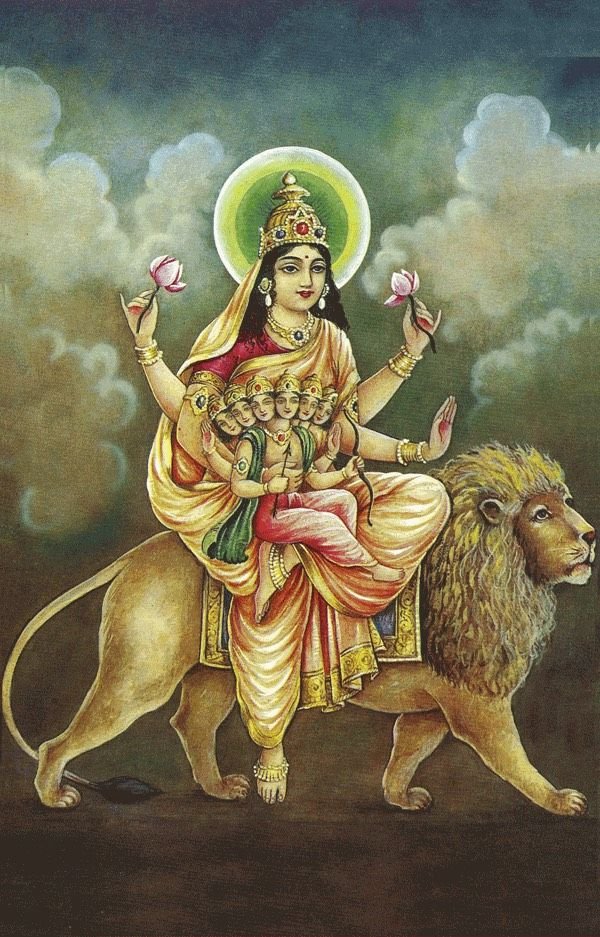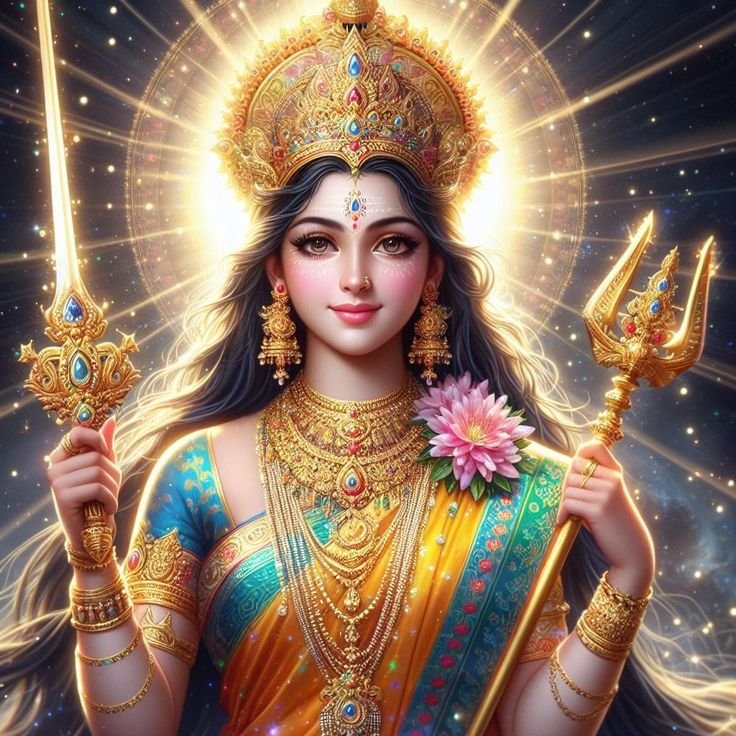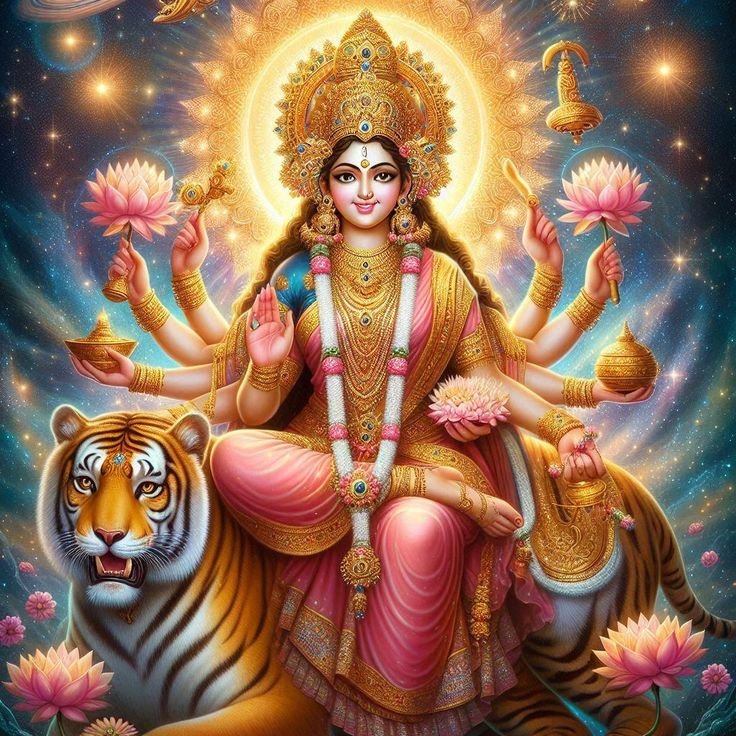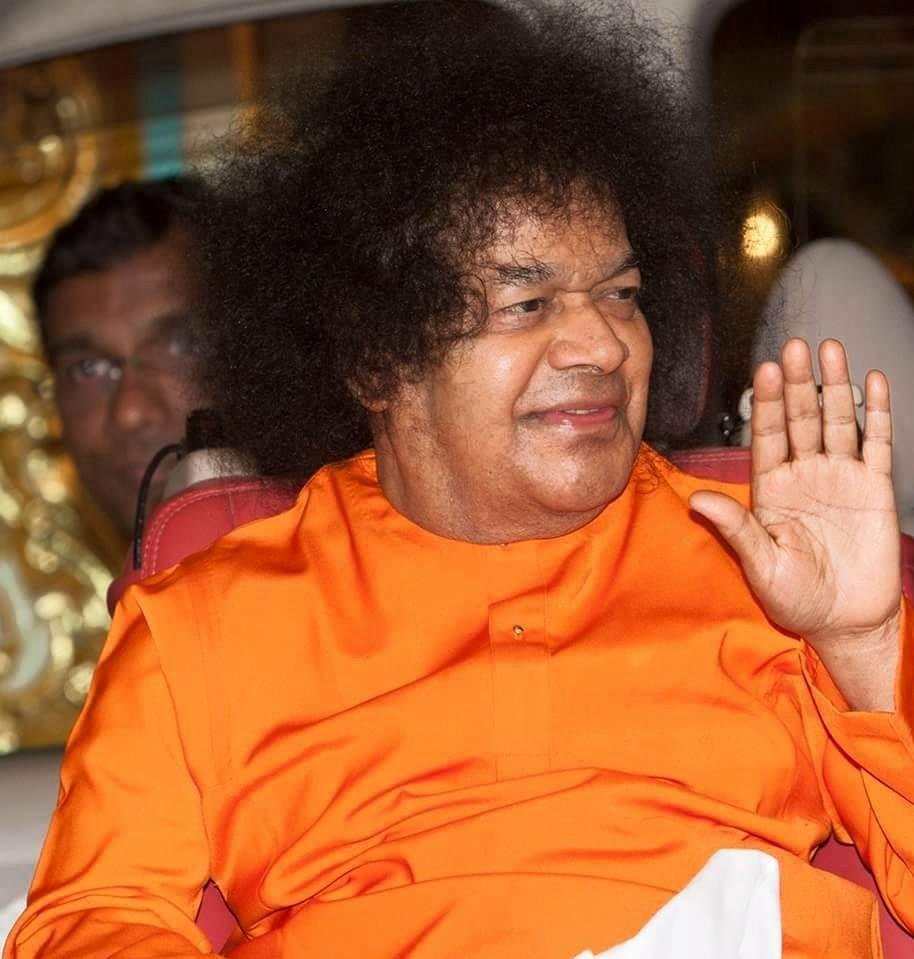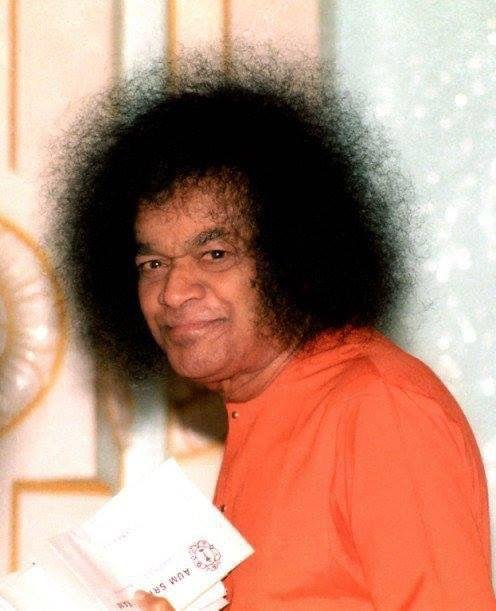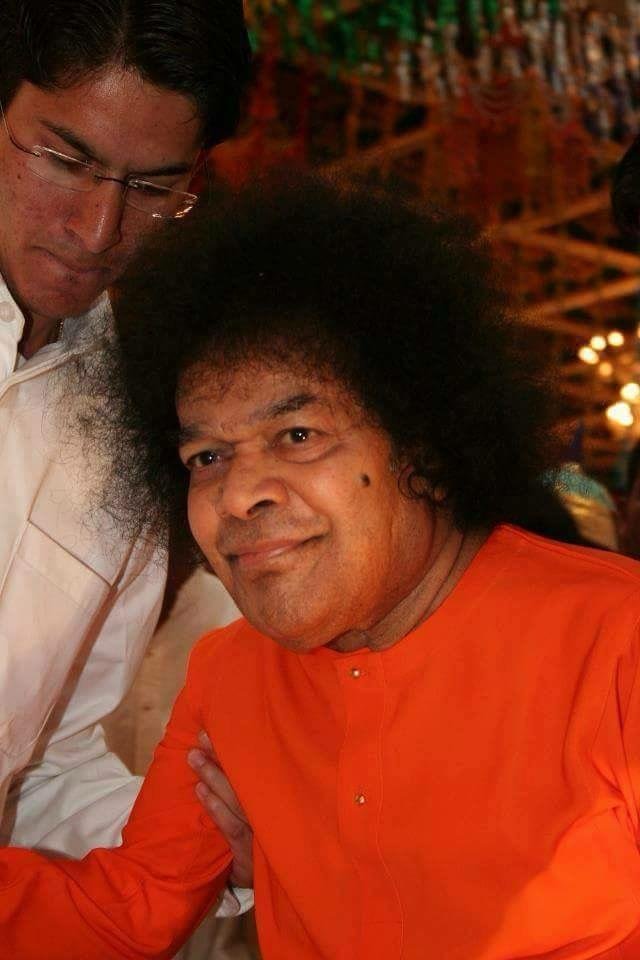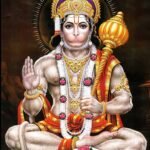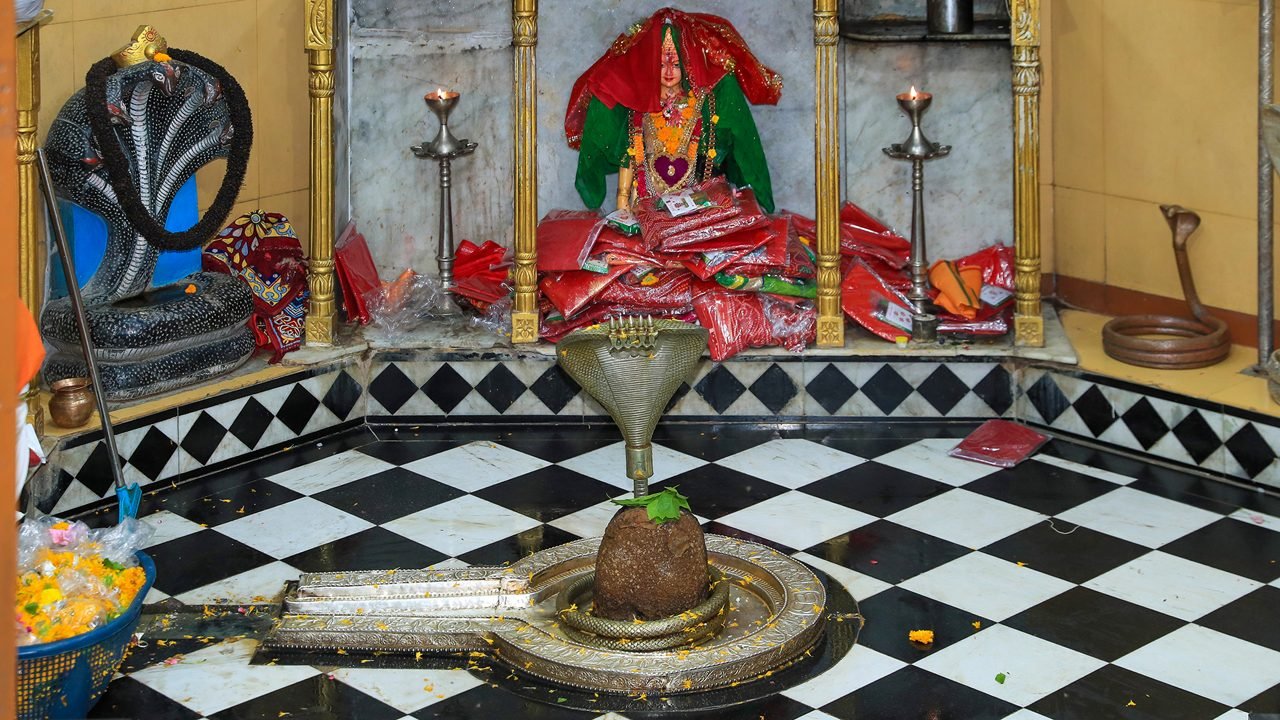
Another story about the temple comes out of the great epic of Mahabharata. It revolves around the five protagonists of the story, the Pandava brothers. One day they were wandering into a forest when Bhima, the strongest of the five brothers came across a river full of milk and cream. With the help of his brothers, he found a Swayambhu Shiva Linga (a self-manifested form of Shiva) in the middle of the flowing river. This was the spot in which the Nageshwar temple was built.





Architectural Significance


The Architecture of the Nageshwar Temple is a unique blend of skill and culture. While its physical beauty is enchanting, the conceptual symbolism behind its structure is even more fascinating.
The temple gently slopes towards the beautiful Nageshwar Lake. Constructed in raft style, the foundation of the temple is massive and has no rock strata beneath. The temple walls are made out of RCC and are coated with anti-rust chemicals. Serene Porbandar stone of porous and feather-light structure blankets the building.
The best part about the architecture of the temple is that its spiritual beauty shows through its design. The structure follows the old rules of Vastushastra, the science of positioning, and directions. Following the western style of architecture, the entrance of the temple faces west. This is so that when devotees are worshipping Lord Shiva, they are automatically facing the Sun God.
Temple Timings





